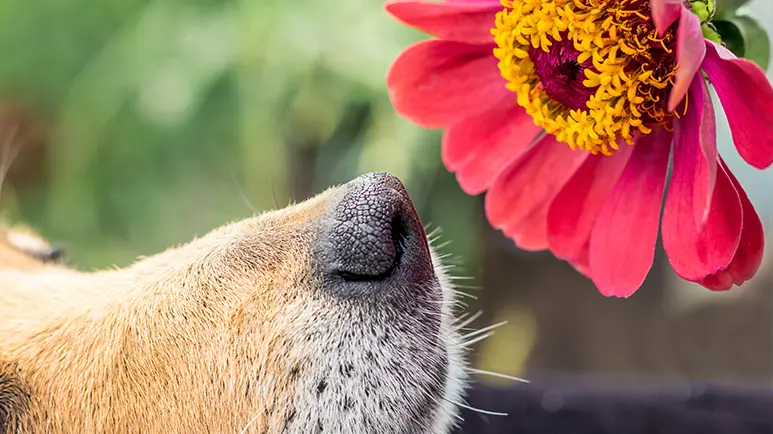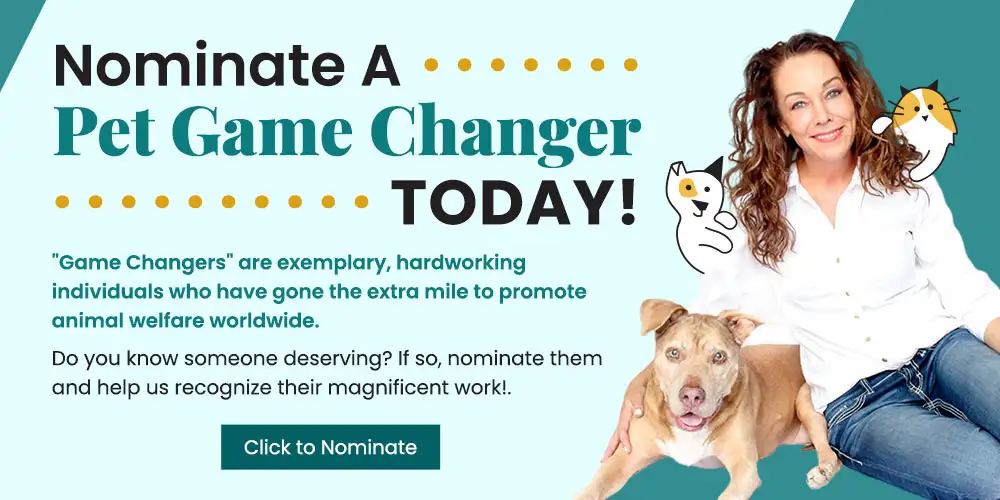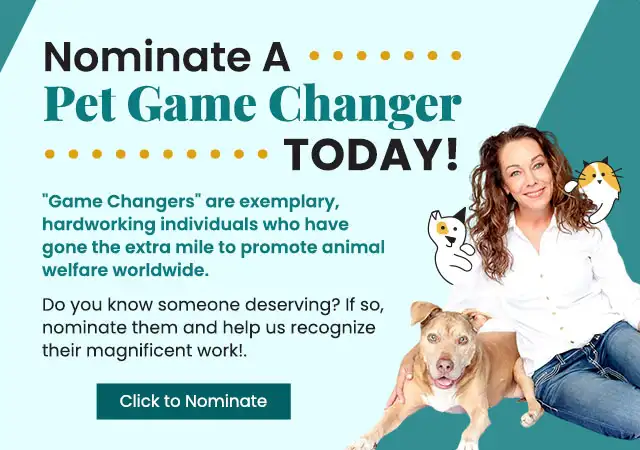Why Dogs Need Time to Sniff
If you hurry your dog along through walks, not letting her stop to sniff, you're depriving her of one of the key methods she uses to explore the world. All dogs need time to sniff to their heart's content, both on walks and through more structured activities like K9 nose work.

STORY AT-A-GLANCE
- Dogs are driven by their noses, and dragging them through a walk too quickly can be a frustrating experience for a pup eager to explore the enticing scents wafting by
- At least once a day, make a point to take your dog on a “sniffari,” and let your dog do the leading, sniffing everything to her heart’s content
- Use different types of leashes or harnesses to signal to your dog which type of outing you’ll be going on (exercise versus sniffari), reserving a special harness only for the times you plan to let her lead the exploring
Editor's Note: This article is a reprint. It was originally published April 25, 2019.
Often when dog owners take their dogs for walks, it’s with the intent of getting around the block quickly. You may have a set path in mind, a time limit to stick to and the expectation that you’re the one leading the walk, and that’s fine — sometimes. But for your dog’s happiness and mental sanity, giving her a chance to stop and smell the roses — literally — is important.
Dogs are driven by their noses, and dragging them through a walk too quickly can be a frustrating experience for a pup eager to explore the enticing scents wafting by. At least once a day, make a point to take your dog on a “sniffari,” and let your dog do the leading, sniffing everything to her heart’s content.
Why Dogs Need Regular ‘Sniffaris’
Imagine going for a stroll but not being able to view the sights and sounds along the way. Such is the feeling your dog may have if you’re constantly pulling her along on your walk and rushing her past intriguing scents.
“It would be like humans going on a hike and being whisked along too fast to visually register the trees, the flowers and the view of the mountains,” Karen B. London, Ph.D., a certified applied animal behaviorist and certified professional dog trainer, wrote in The Bark.1 Dogs explore the world with their noses, using scents to paint a vivid picture that humans cannot see.
Alexandra Horowitz, Ph.D., author and researcher of canine cognition, explains in the video above how your dog’s nasal architecture adds to her remarkable sense of smell. Even the most sensitive of human sniffers have only about 6 million olfactory receptors — compared to up to 300 million in dogs. That gives dogs a serious edge when it comes to scent, such that they can detect certain odors in parts per trillion.
If you can smell a whiff of perfume in a small room, Horowitz says, your dog can smell it in a stadium. When you walk by a tree, your dog can smell it — along with the birds and insects in it and even which direction they’re moving in. Dogs also have a vomeronasal organ that allows them to smell things that can’t be seen, namely hormones that animals release.
This can not only help them attract mates and decipher friends from foes but also gives them insights into our emotional states, health and even if someone is pregnant. Horowitz explains that your dog can even smell events that have happened in the past or those that will occur in the future:
“The most amazing thing about your dog’s nose is that it can traverse time. The past appears in tracks left by passersby and by the warmth of a recently parked car, or the residue of where you’ve been or what you’ve done recently.
Landmarks like fire hydrants and trees are aromatic bulletin boards carrying messages of who’s been by, what they’ve been eating and how they’re feeling. And the future is in the breeze, alerting them to something or someone approaching long before you see them.”
Marc Bekoff, Ph.D., professor emeritus of ecology and evolutionary biology at the University of Colorado, Boulder, even goes so far as to say, “Not allowing dogs to sniff can be seen as a form of sensory deprivation that robs them of vital information they need to navigate their surroundings.”2
Teach Your Dog Which Outings Are for Sniffing
If you’re wondering how you’ll ever finish a jog or hike with your furry companion stopping to sniff every few feet, remember that not every outing has to be centered on sniffing. It’s OK to take your dog on a quick stroll to relieve herself or a longer hike at which you set the pace, so long as you also give her ample opportunities to satisfy her sniffer.
I recommend dividing your outdoor time between intentional aerobic exercise and sensory stimulating walks (sniffaris), as they serve different purposes. Daily rigorous running, swimming and retrieving is necessary to maintain muscle tone, tendon and ligament health throughout a dog’s life.
“Aerobic exercise” is defined as having your dog’s heartrate consistently elevated above normal for a minimum of 20 minutes (this means no stopping to smell the roses, or anything else for that matter!).
London suggests uses different types of leashes or harnesses to signal to your dog which type of outing you’ll be going on, reserving a special harness only for the times you plan to let her lead the exploring. During the sniffari, keep the leash loose and let her wander freely. Let her sniff whatever she desires, getting her fill of the layered environment around her.
Treat Your Dog to K9 Nosework
Your dog will delight in following her nose wherever you take her, but if you want to give her some extra stimulation and fun, get involved in K9 nose work, which encourages your dog’s natural drive to hunt, coupled with her natural instinct to hunt and track scents. Most pet dogs don’t get to use their noses for the purposes they were designed for. K9 nose work, also referred to as scent work, provides your dog with a mental and physical outlet to burn energy and enjoy being a dog.
For more information, you can visit K9 Nose Work or the NACSW (National Association of Canine Scent Work). Ideally, give your dog as many opportunities for sniffing as possible, including not only regular sniffaris but also occasions for more structured nose work.










